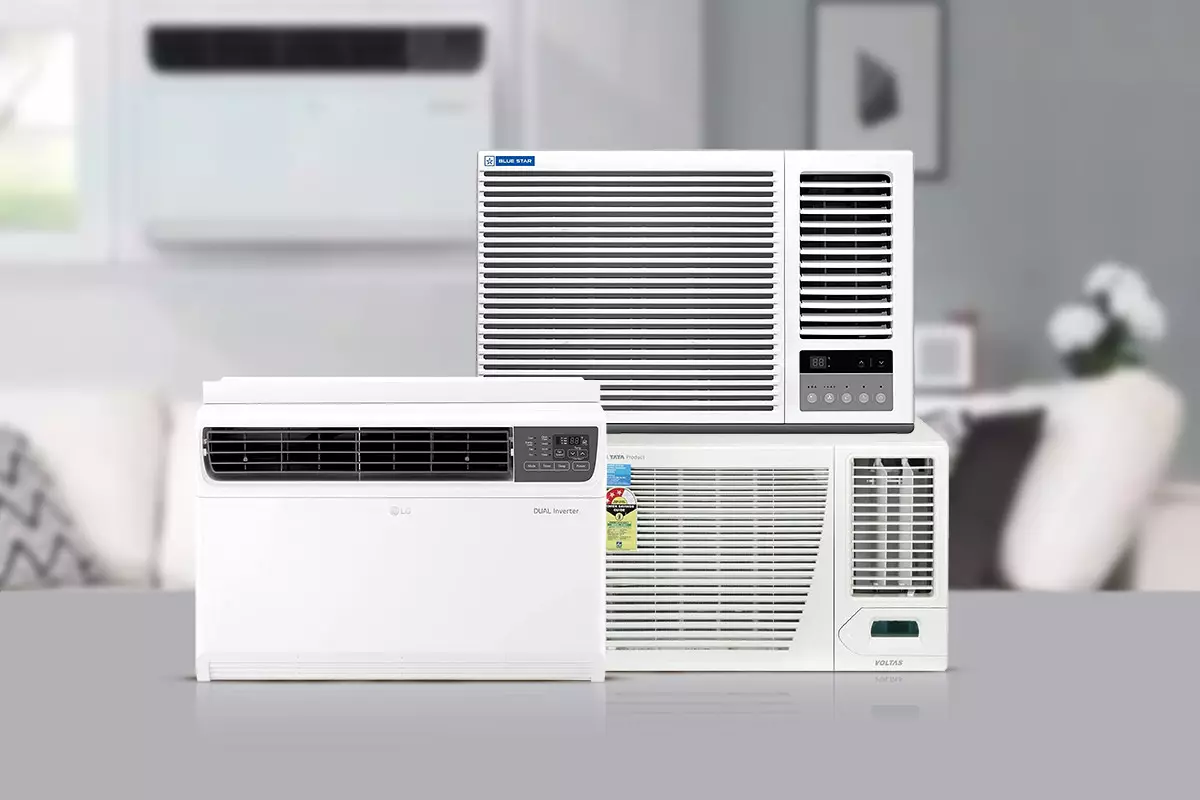As relentless summer temperatures scorch India’s urban landscapes, the massive demand for air conditioners signals a widespread yearning for relief. Yet, beneath this desire lies a troubling paradox: are the affordable, seemingly accessible cooling solutions truly addressing the structural challenges of climate change, or are they merely band-aids that deepen our environmental woes? While consumers eagerly grab window AC units under Rs 30,000, they often overlook the insidious long-term consequences of their choices. The perception that budget-friendly units are both affordable and efficient disguises a reality riddled with compromises—on energy consumption, durability, and ecological sustainability. In a nation where heatwaves are intensifying and climate resilience remains fragile, reliance on low-cost ACs reveals a troubling ignorance in the pursuit of comfort.
Questionable Efficacy and Environmental Cost
Leading brands like Voltas, Godrej, Lloyd, Carrier, and Haier flood the market with budget options claiming impressive features such as turbo cooling, anti-corrosion coils, and dust filters. However, critical examination exposes a pattern of superficial features that often mask underperformance and environmental impact. Many of these units operate at 3-star energy ratings, practically contributing to the gridlock of India’s already strained energy infrastructure. The promise of “auto-restart,” “self-diagnosis,” and “ultra-silent” operation often hinges on minor technological enhancements that do little to combat the overall carbon footprint, especially when many consumers neglect proper maintenance or ignore the full lifecycle costs of these appliances. How many consumers realize that such cost-saving units may need frequent replacement or repairs, turning what seems to be an affordable purchase into a long-term financial burden?
Furthermore, the push for affordability perpetuates a cycle where lower-quality components, such as non-inverter compressors or insufficient thermal insulation, result in higher energy consumption and faster degradation. The fact that many units operate in extreme temperatures—up to 54 degrees Celsius—doesn’t automatically translate into efficient cooling but often leads to increased energy expenditure, compounding the climate crisis. The use of copper coils and anti-corrosion coatings can prolong the lifespan, but the environmental cost of manufacturing, refrigerant emissions, and disposal remains largely unaddressed.
The Ethical Dilemma: Comfort vs. Consciousness
Choosing an AC in such a scenario is not merely a matter of consumer preference; it becomes a moral question. Does the individual’s pursuit of personal comfort justify the collective environmental toll? The liberal center wing perspective urges a nuanced approach—balancing affordability with sustainability and social responsibility. Advertisements touting “affordable” units tend to gloss over the hidden environmental costs—electricity consumption, chemical refrigerants, and waste. Knowing the climate implications, one must critically assess whether opting for cheaper units disregards the urgent need for ecological accountability.
Instead of blindly endorsing these budget models, a more responsible consumer approach involves advocating for stricter energy efficiency standards, supporting government incentives for sustainable cooling solutions, and exploring alternatives like natural ventilation, passive cooling, or appropriate insulation. Moreover, the market itself must evolve; manufacturers profit from high turnover, yet their failure to innovate beyond superficial features perpetuates a cycle of consumer dependency on quick-fix solutions that ultimately exacerbate climate vulnerabilities.
The Need for a Paradigm Shift in Cooling Solutions
Reflecting on these issues reveals the urgent necessity for systemic change. The focus must shift from simply providing “cheap” cooling options to fostering innovative, eco-friendly, and socially responsible solutions. This involves promoting larger capacity units designed for energy efficiency, investing in climate-resilient infrastructure, and raising awareness about the true costs of cheap cooling. Governments and policymakers should tighten regulations around refrigerants, support research into sustainable cooling technologies, and incentivize eco-conscious behavior among consumers.
The current method—relying on low-cost, mass-produced window ACs—is inherently unsustainable and irresponsible in the context of escalating climate crises. We are witnessing a race toward comfort that disregards the larger truth: the health of our planet and future generations depends on drastically altering how we address heat stress. Without a conscious re-evaluation of our consumption patterns, the illusion of comfort created by these budget units will ultimately crumble under the weight of environmental reality.

